How CFOs build a Goldilocks "just-right" budget
What the Goldilocks story and probabilities can teach CFOs as they build the foundations for sustainable growth.
“We missed our budget last quarter,” said the board chair in my board of directors meeting. “And now we missed our budget this quarter, and we also missed our new lower forecast. We're in big trouble.”
“I think we’re on plan,” said the CEO. “We had an aspirational budget to set high goals. Yes, we missed the budget, but I think we’re doing fine.”
“Psychologists call that 'denial' said the chair, turning to the CFO. “I expect us to make our numbers. We missed our budget, so we pretended it wasn’t really our budget after all. I don’t buy it.”
Why are the board chair, CEO and CFO looking at the same data from different perspectives? How can they work together—instead of in conflict? How can they build a common budgeting and forecasting framework?
The answer is the Goldilocks budget—not too big, not too small, but just right.
In this article, I'll explain the best practices behind the Goldilocks budget so you can build one yourself.
How to think about budgets
Why do companies have budgets at all? There are three key reasons:
- Motivate teams to achieve at their highest levels;
- Invest resources in the highest priority projects; and
- Protect the company if things go wrong.
When we set a budget, we’re predicting the future, which is uncertain. We’ll never be 100% accurate. So, with that in mind, should CFOs try to be:
- Aggressive, to set high goals, knowing we’ll rarely achieve the budget?
- Conservative, to achieve the budget most of the time?
- Balanced, to achieve the budget about half the time?
The Papa Bear in this story is Elon Musk, who said, “in order to have a good outcome, we must strive for a great outcome.”
Striving for greatness comes at a cost: disappointment.
Several years ago, The Wall Street Journal reported, “In the past five years ... Tesla has fallen short of more than 20 projections made by Mr. Musk, ranging from car-production output to financial targets. ... The company missed 10 of his stated goals by an average of nearly a year.”
Still, if you shoot for the moon, you may reach outer space.
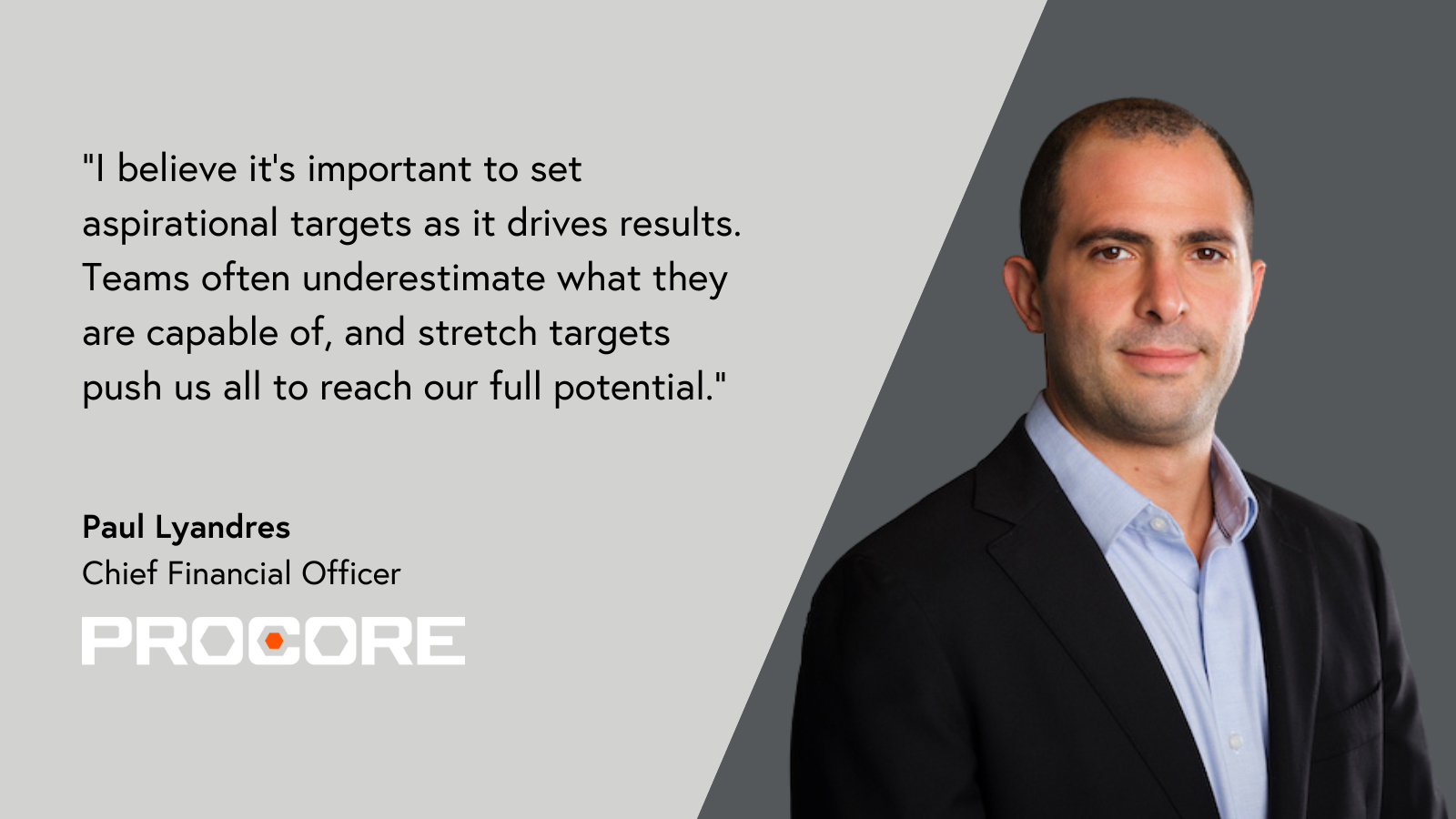
“I believe it’s important to set aspirational targets as it drives results,” said Paul Lyandres, chief financial officer at Procore. “Teams often underestimate what they are capable of, and stretch targets push us all to reach our full potential.”
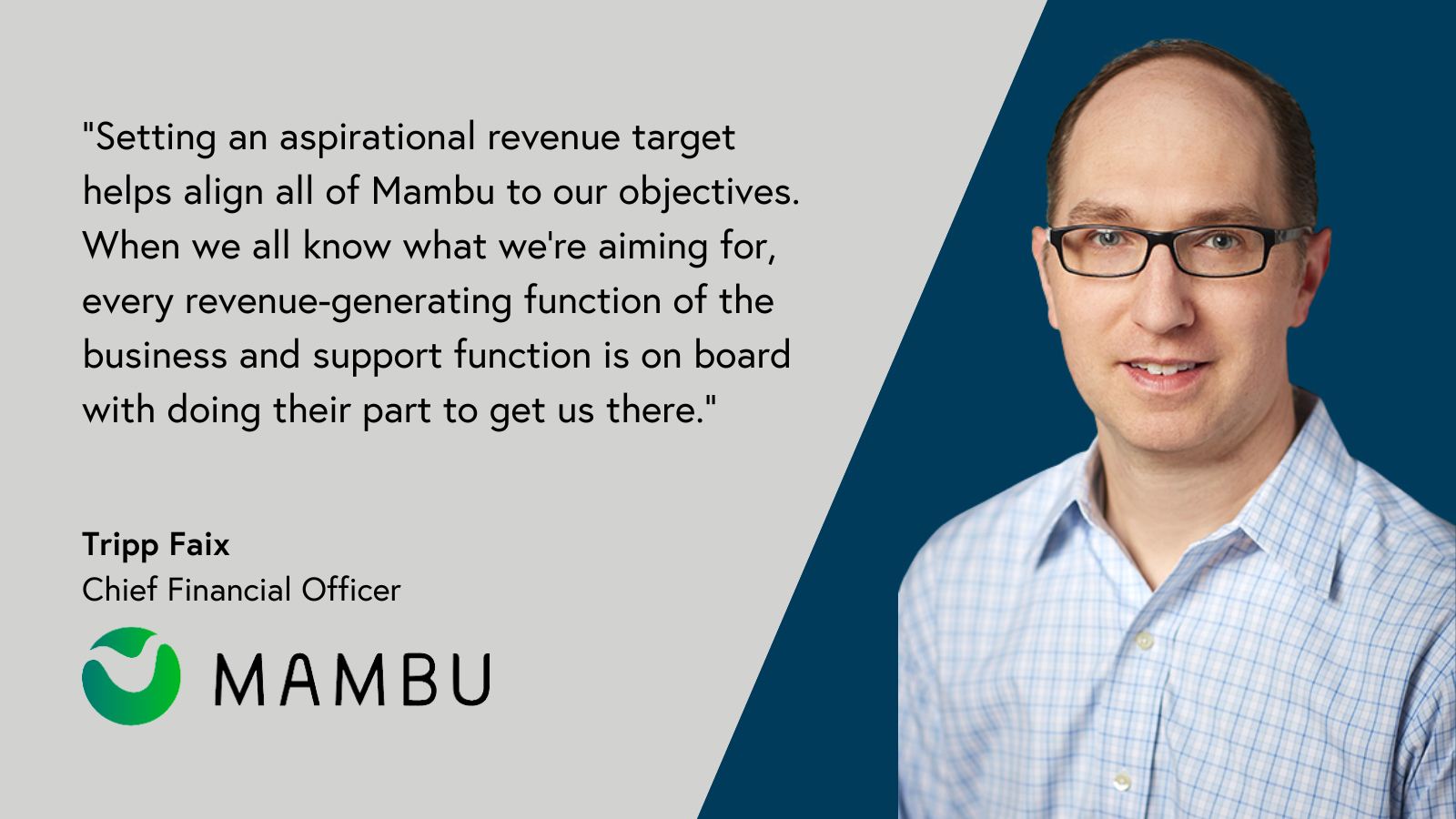
“Setting an aspirational revenue target helps align all of Mambu to our objectives,” said Tripp Faix, chief financial officer of Mambu. “When we all know what we’re aiming for, every revenue-generating function of the business and support function is on board with doing their part to get us there.”
The Mama Bear example is illustrated through Charlie Munger, vice chairman of Berkshire Hathaway, who said, “The first rule of a happy life is low expectations ... if you have unrealistic expectations, you’re going to be miserable all your life."
And business writer Tom Peters, who said, “Under promise, over deliver.”
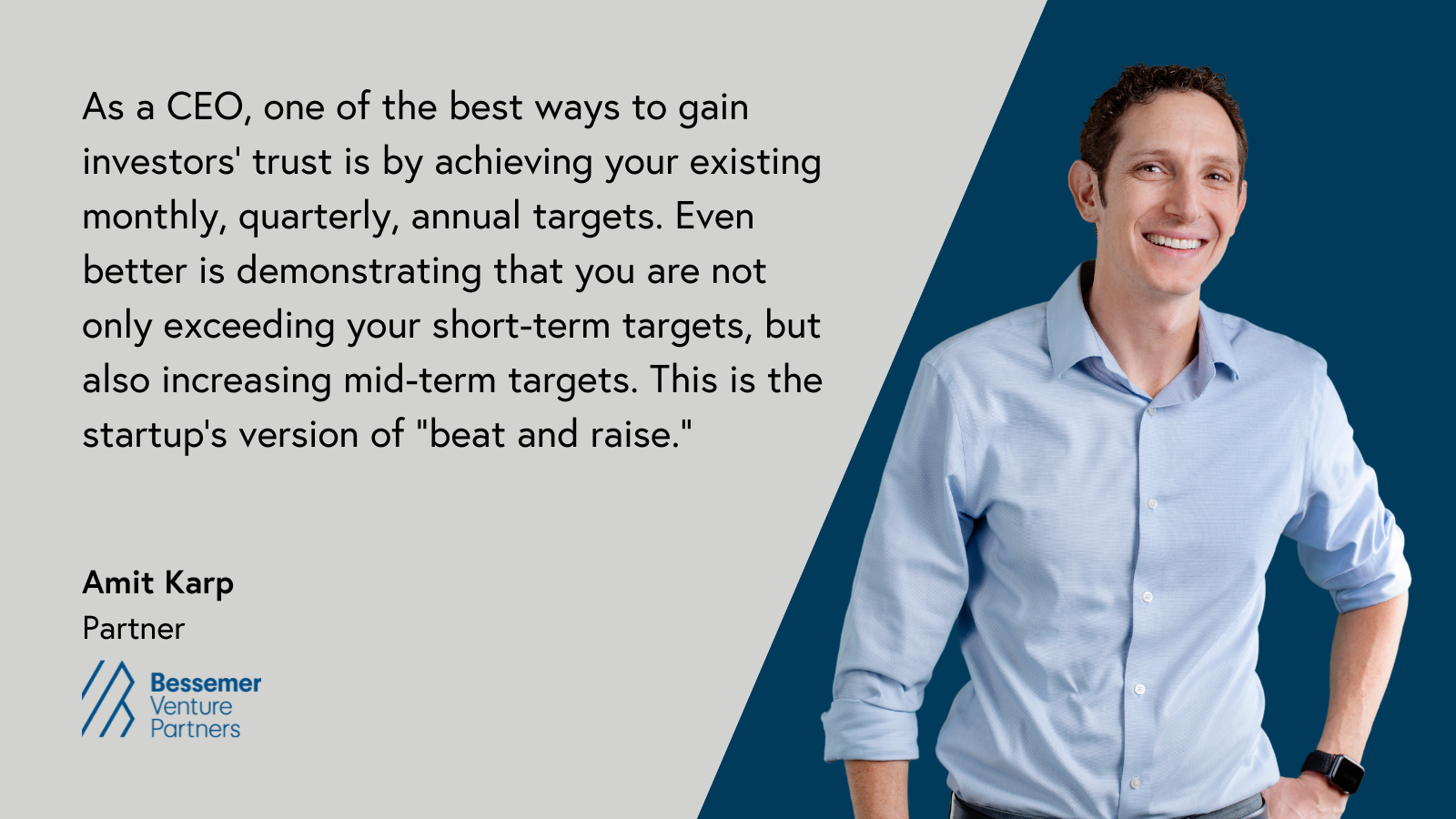
And Bessemer partner Amit Karp, who said, “As a CEO, one of the best ways to gain investors’ trust is by achieving your existing monthly/quarterly/annual targets. Even better is demonstrating that you are not only exceeding your short-term targets (e.g., monthly or quarterly revenue plan) but also increasing mid-term targets (e.g., annual revenue plan). This is the startup’s version of 'beat and raise.'”
To be prepared for any internal or external scenario, you’ll want to build a cash cushion.
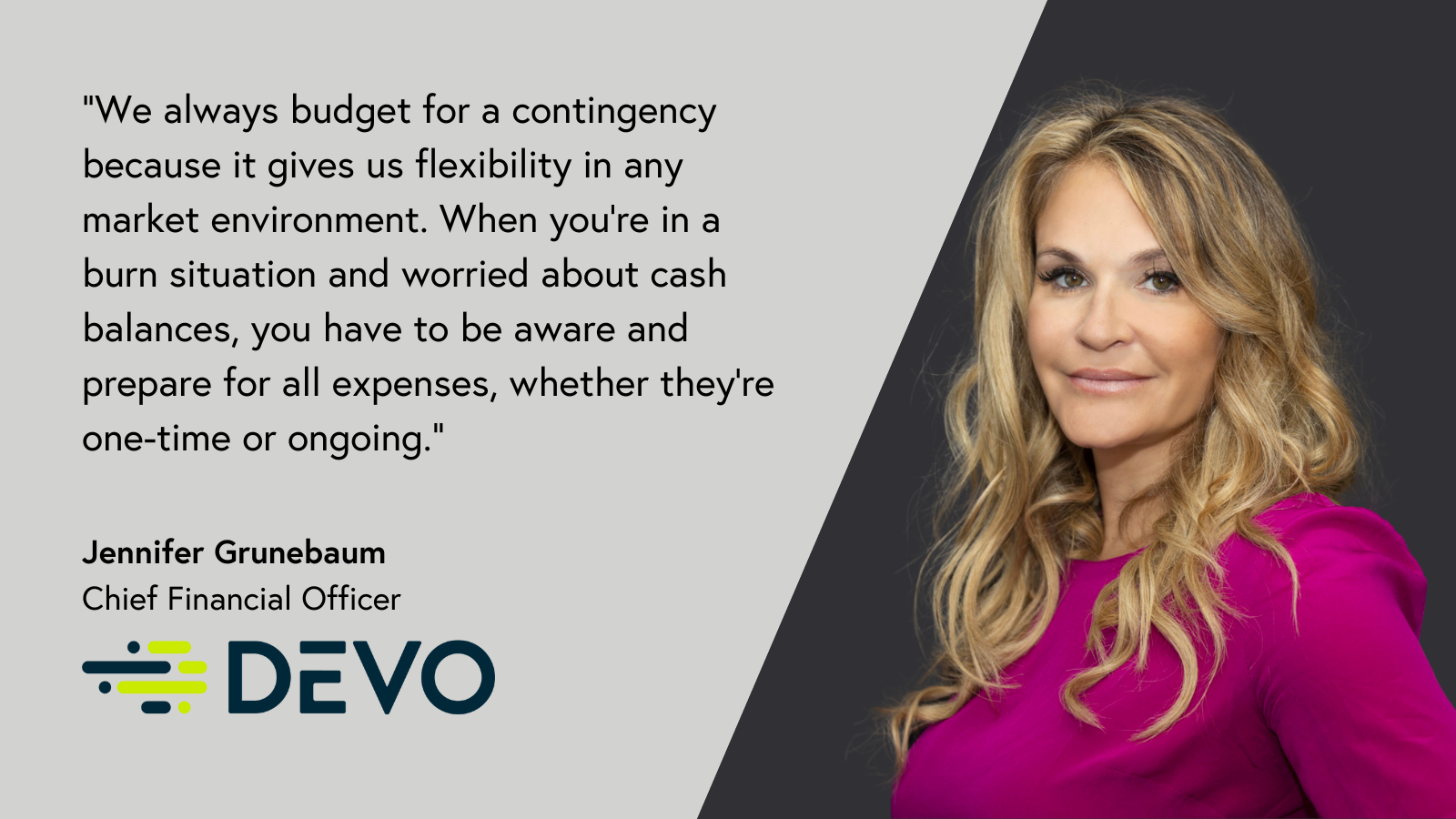
“We always budget for a contingency because it gives us flexibility in any market environment,” said Jennifer Grunebaum, chief financial officer of Devo. “When you’re in a burn situation and worried about cash balances, you have to be aware and prepare for all expenses, whether they’re one-time or ongoing.”
Andy Grove demonstrates the Baby Bear example: “Objectives should be set at a point high enough so that even if the individual (or organization) pushes himself hard, he will still only have a fifty-fifty chance of making them. Output will tend to be greater when everybody strives for a level of achievement beyond his immediate grasp, even though trying means failure half the time. Such goal setting is extremely important if what you want is peak performance from yourself and your subordinates ... Comparing our work to sports may also teach us how to cope with failure. As noted, one of the big impediments to a fully committed, highly motivated state of mind is preoccupation with failure. Yet we know that in any competitive sport, at least 50% of all matches are lost. All participants know that from the outset, and yet rarely do they give up at any stage of a contest.”
In other words, the key to a successful budget framework is thinking in terms of probabilities. This isn’t just theoretical—it can be measured. Across Bessemer Venture Partners’ portfolio of 300 companies, we can measure what percent of our companies achieve their budgets each year. And every company can measure its own budget achievement percentage over several quarters or years.
Every company is different, and the same company is different from one year to the next. There’s no universal formula for how aggressive or conservative to be in budgeting. The key is discussing it at the beginning of the process. The CEO can first lay out the vision for the year, discussing and selecting an aggressive, balanced, or conservative approach, in partnership with the CFO. Then they can discuss this approach with the board of directors. Not every director may agree; they can disagree and commit instead.
How to build a Goldilocks budget
A budget has four key components, and each component can have a different probability of achievement.
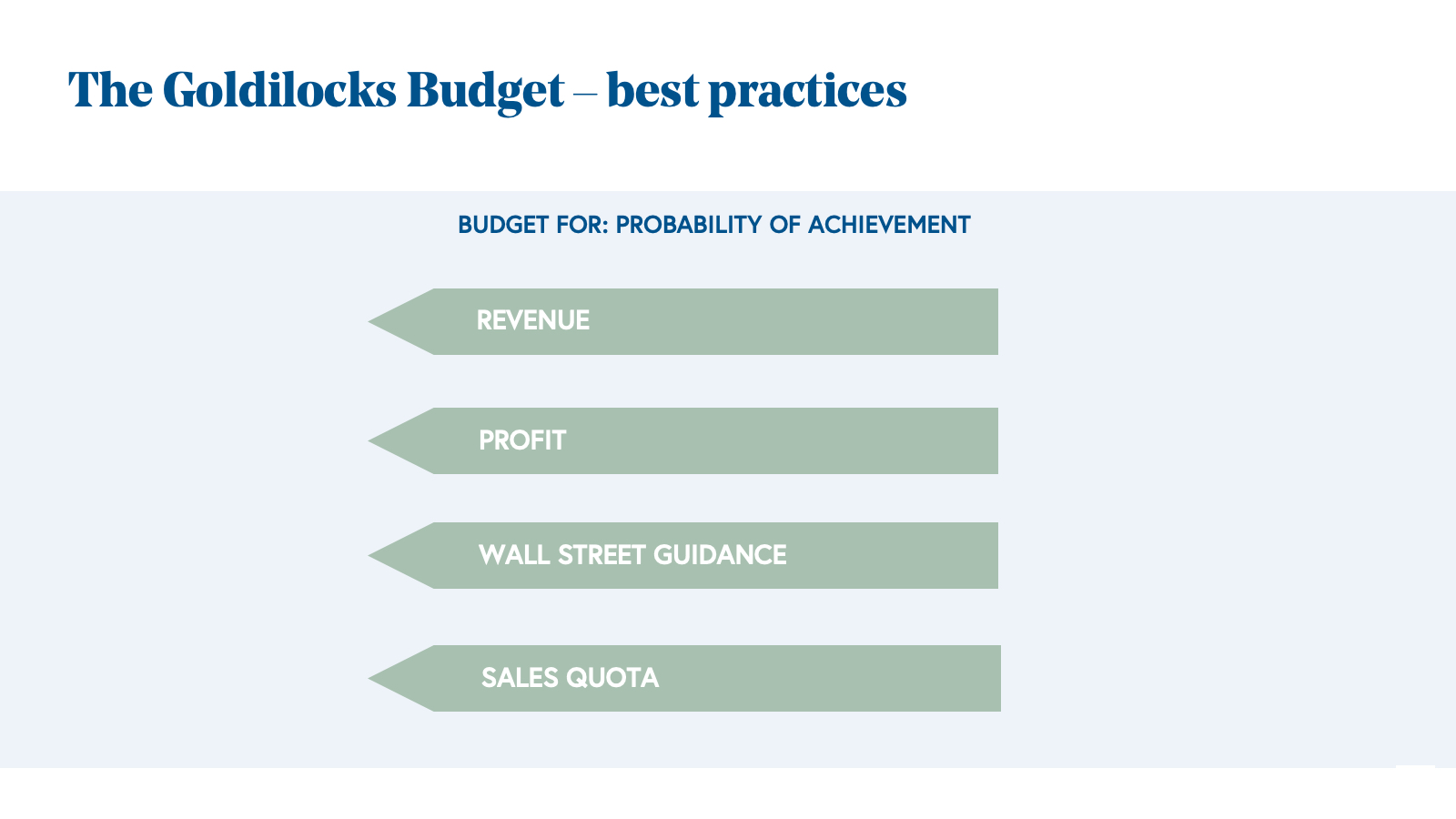
- Revenue
- Profit
- Wall Street guidance
- Sales quota
There’s no right answer for setting budget probabilities, but we do have recommendations.
For revenue, we like the Andy Grove approach: 50/50. As Grove says, there’s something about a 50/50-win rate which seems to motivate teams to achieve peak performance—the optimal balance of risk and reward. And since every budget allocates important investment resources, a 50/50 approach means we’re investing in what we believe are the expected outcomes, not too high, and not too low.
For profit, we want to protect the company and be more conservative. 70% achievement seems about right to us. The budget technique we like best for this is to add a line in the expense budget for “contingencies.” That way, if there’s a negative surprise, if we miss the revenue budget, we’re still likely to achieve the profit budget.
For Wall Street guidance, a key goal is establishing and building credibility with investors. Missing published forecasts can lead to the additional cost and distraction of securities litigation. For this, we’d be even more conservative, aiming for a 90% achievement rate.
For sales quotas, in our experience, the best sales people are optimists. If we want to achieve a 50% revenue budget achievement rate, and sales quotas are optimistic, we need to build in a buffer. We like to set sales quotas at a 30% achievement rate.
To summarize, our recommended achievement rates are:
- Revenue: 50%
- Profit: 70%
- Wall Street guidance: 90%
- Sales quota: 30%
Sample budget and how to adapt it
Here’s an example of a Goldilocks budget:
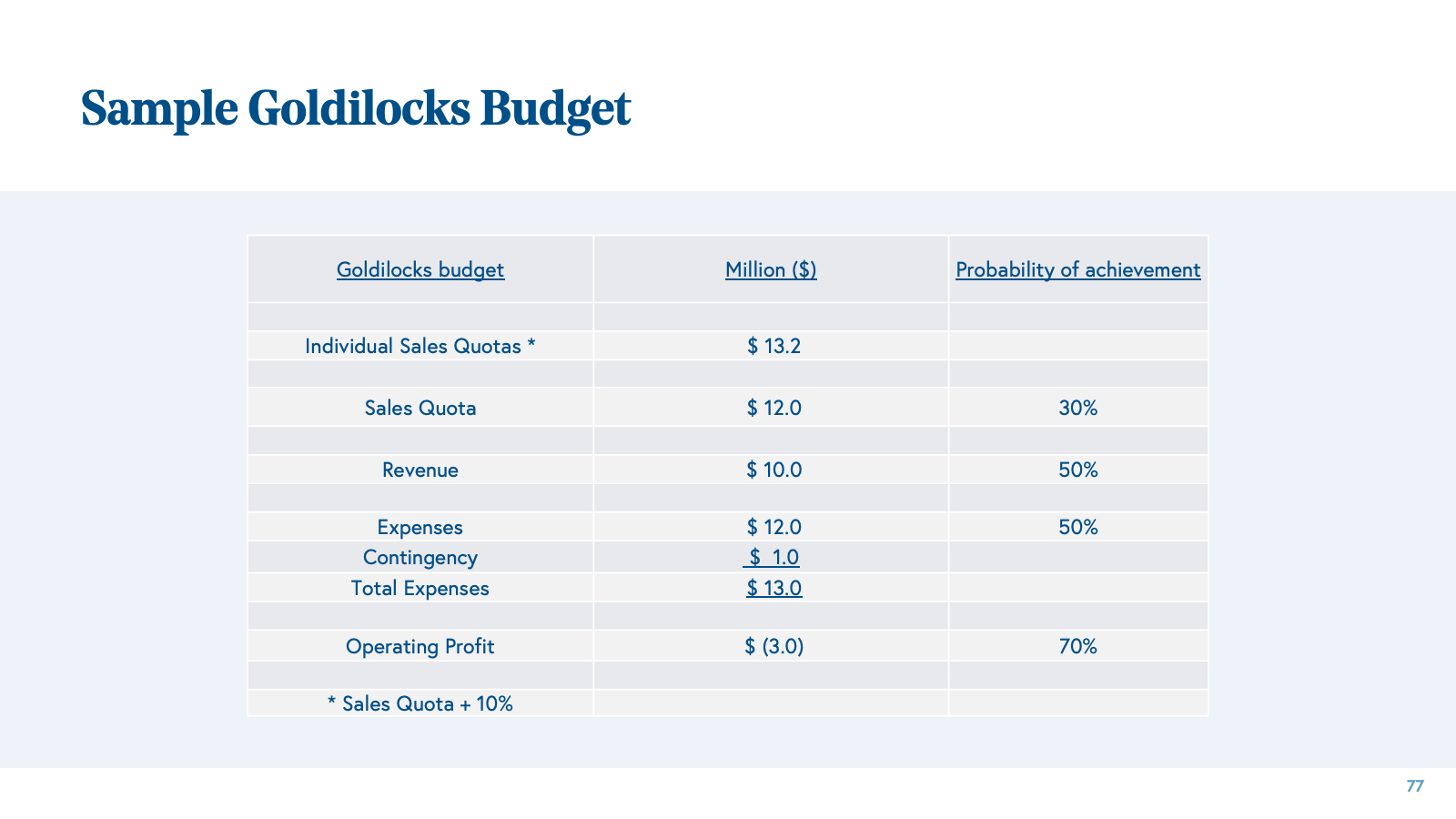
We can adapt these general guidelines for special circumstances.
Bonuses
If you pay bonuses based on achieving your budget, the budget process becomes a compensation negotiation. Leaders will try to set a lower budget, to improve the odds of achieving their bonus. An alternative, which Oracle followed when I worked there, is to pay executives a specific percentage of the increase in profit, whether or not the budget is achieved. This ties the bonus to financial performance and eliminates the compensation conflict from the budget process.
Sales compensation
If you set sales quotas at a 30% probability of achievement, and tie sales compensation to quotas, sales leaders will not achieve their target bonus in many years. Nevertheless, top quality sales leaders are well paid overall, and achieve their quotas often enough that when they do, they are likely to be the highest paid executives in the company.
Bookings vs. revenue
At companies with recurring revenue, the key topline metric is bookings. In this case, the sales quota measures bookings, not revenue.
Individual sales quotas
Sales leaders can assign individual sales quotas which are higher than the company-wide sales quota. This leaves room for potential underperformance and attrition at the salesperson level. We often see the total of all individual sales quotas exceed the company wide sales quota by 10%.
Marketing vs. sales
At companies where marketing drives revenue more than sales, the marketing plan supplements or replaces the sales quota. Marketers are also optimists, so build a buffer between your marketing plan and revenue budget. We recommend setting marketing plans at a 30% probability of achievement.
Quarterly forecasts
The budget, once approved, never changes, but the world does. Most companies build updated forecasts quarterly or monthly. Large companies often update forecasts weekly. The same 30%/50%/70%/90% probability framework can apply to forecasts. For instance, after Q1, the full year forecast will include Q1 actuals, with a forecast for Q2-Q4 based on all newly available information so that the full year revenue forecast has a 50% probability of achievement.
First Half, Second Half
There’s one exception to the budget never changing. As early stage investor Brad Feld writes, if you’re far off your year-to-date budget in June, the rest of your original budget isn’t very helpful. In this case, throw out your original budget, and come up with a new budget for the second half of the year. Set this new budget with the same 30%/50%/70%/90% probabilities, updated with the most current information and judgment. If your bonus plan is tied to the budget, the bonus for the first half of the year is zero. The bonus for the second half of the year is based on the new budget.
High risk, low risk
If you’re operating in a high risk environment, aim lower and target a higher probability of success. For example, you can follow this approach when:
- It’s hard to raise money.
- You have high customer or supplier concentration.
- You’ve missed your budget several years in a row.
- The economy is getting worse.
If you’re in a low risk environment, you can aim higher, be more ambitious, and accept a lower probability of achievement.
Q4 optimism bias
At Bessemer, we’ve seen many reasonable revenue budgets for Q1 and Q2, with a little extra revenue thrown in at Q3 and a big jump in Q4. After all, companies often budget to ramp up hiring and marketing investments early in the year, hoping they will pay off by Q4. Don’t fall into this trap. The most important revenue of the year is the revenue run-rate at year-end, which establishes the base for revenue the following year. Best practice companies achieve their Q4 budgets at least as often as their Q1-Q3 budgets.
Profit vs. cash flow
The key metric for many companies is GAAP operating profit, net profit, or earnings per share. For many private companies, cash flow is a more important metric. In this case, use a 70% probability of achievement for cash flow.
Debt covenants
Lenders have asymmetric, negative risk. If things go well, they earn a fair interest rate. If things go badly, they can lose their entire loan. You don’t want to miss your debt covenants. If you have debt covenants, you’ll want to be more conservative and set your budget with a higher probability of achievement.






